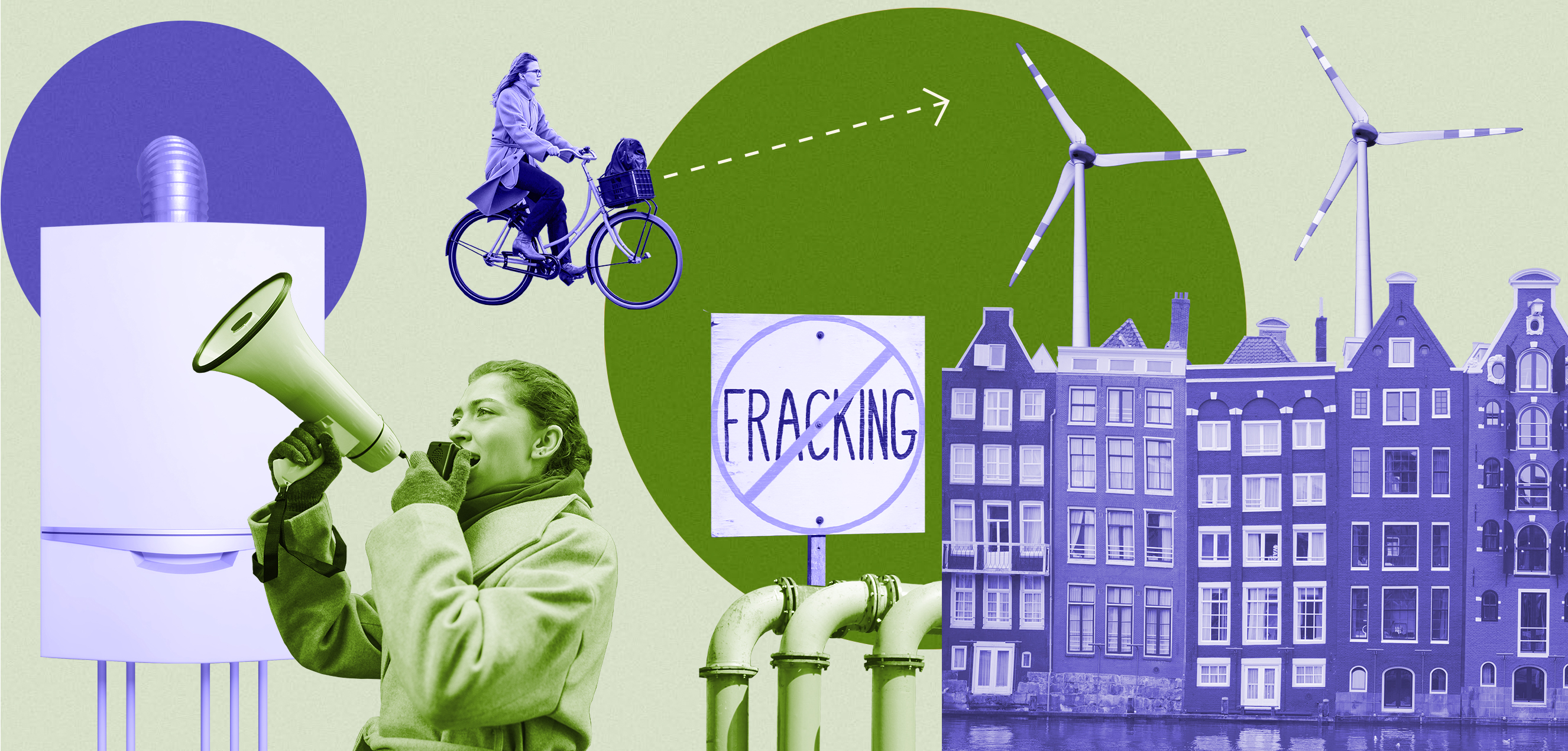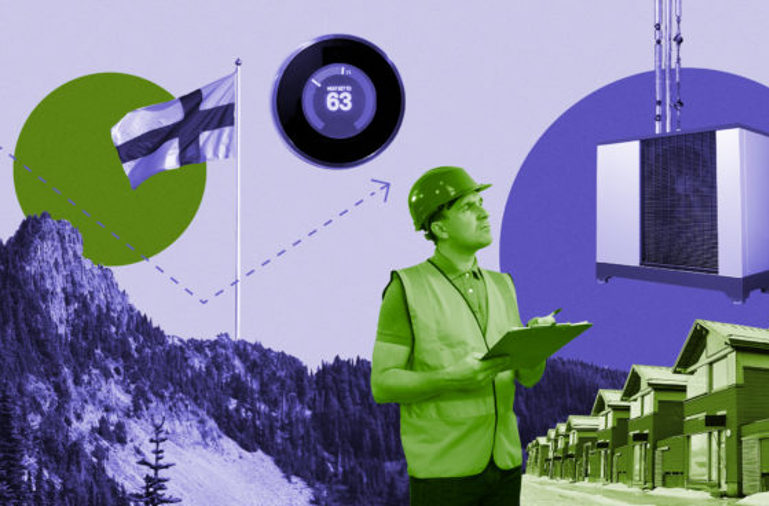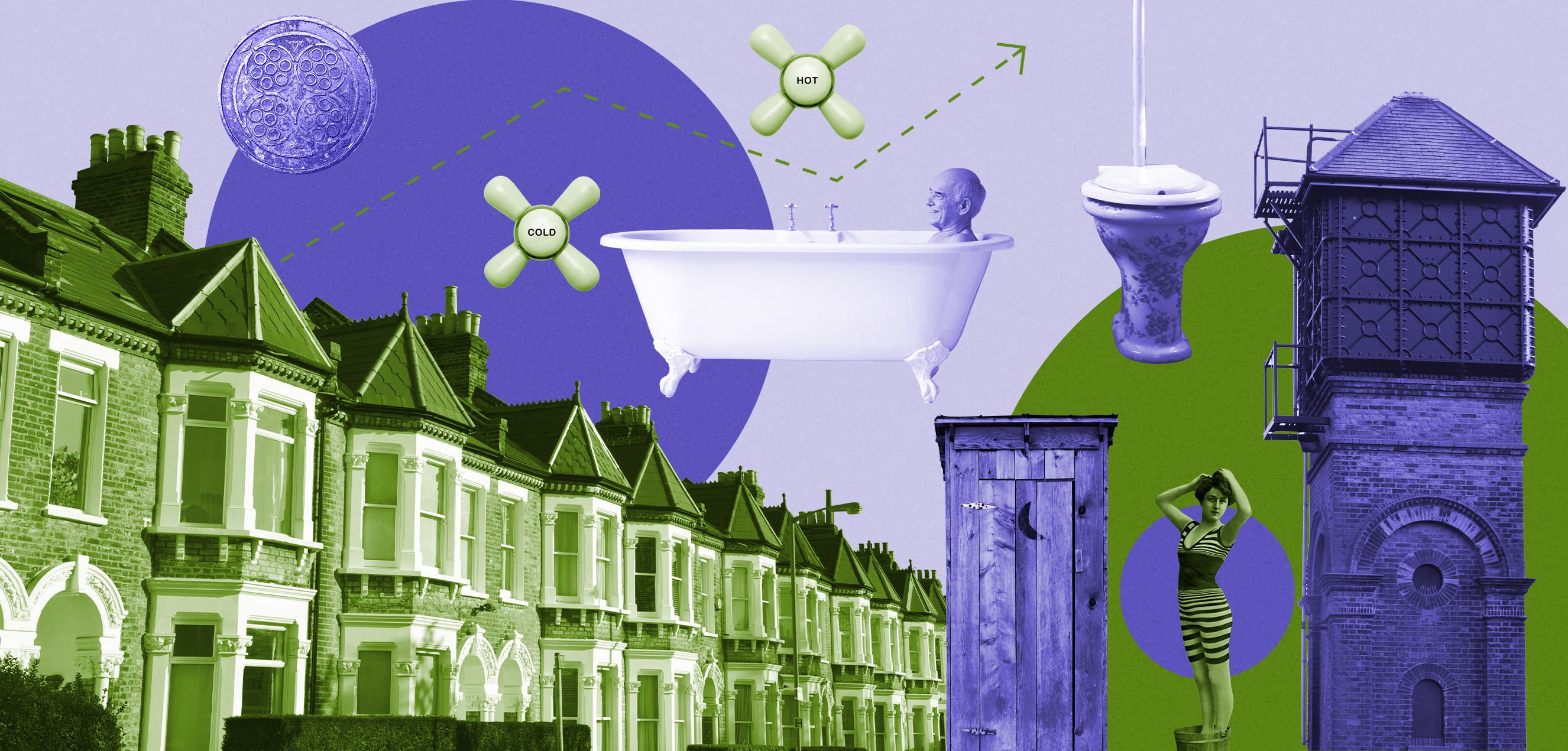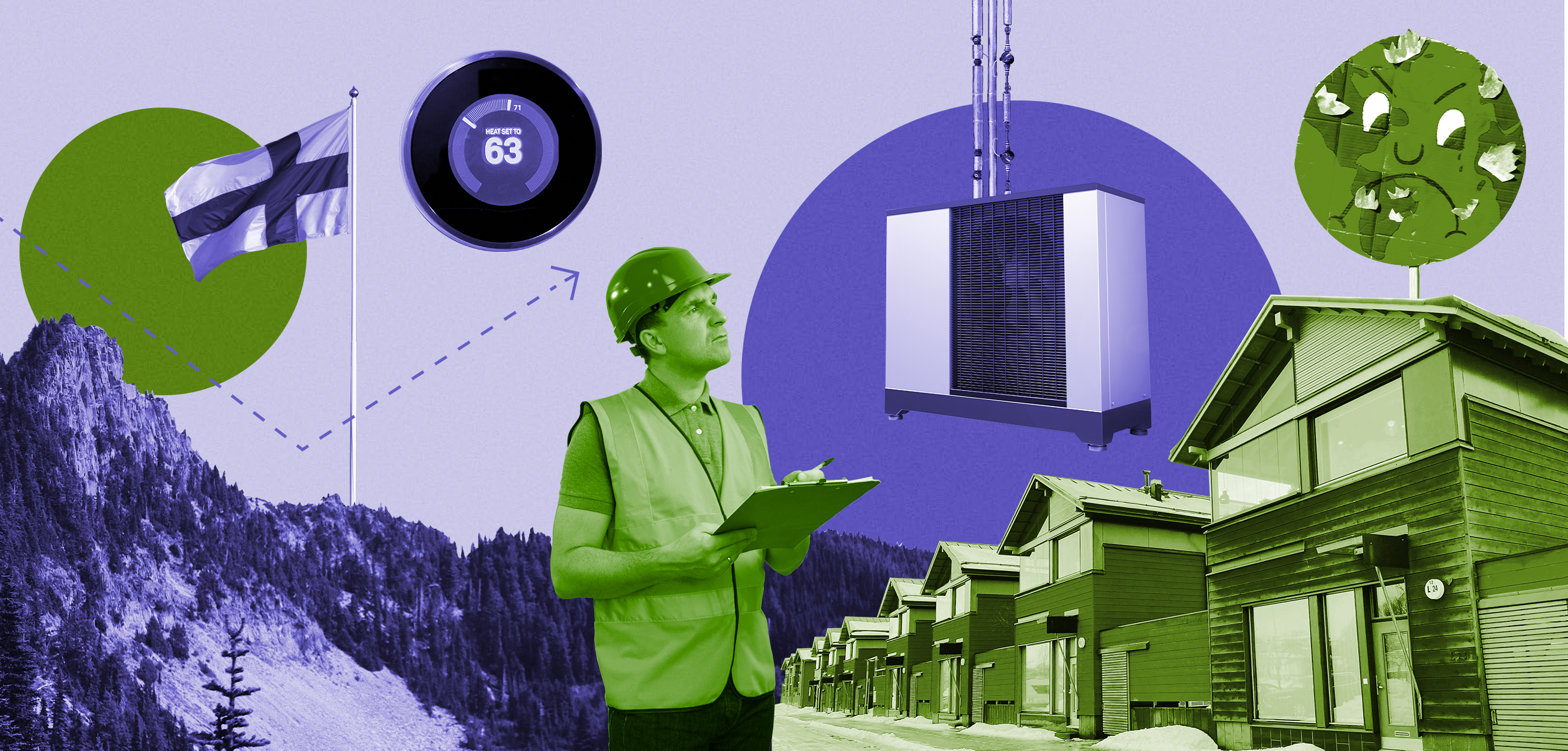Does it seem odd that in a gas price crisis, there are people arguing we should dig ourselves deeper into the grip of that particular fuel? We’ve been here before – and it never ends well. A poorly regulated banking system crashes and its defenders say that even less rules are needed to recover. Or, house prices go through the roof and instead of controlling property speculation, more money is poured into the market without building more homes.
In the grip of yet another fossil fuel price crisis, there are already voices saying that we need more of what got us into the mess in order to escape it. It’s like thinking, ‘my head hurts because I knocked it, if I hit it even harder the second knock will take away the pain of the first.’ When it comes to the energy issue, some seem incapable of even imagining a situation in which economies stop hitting themselves on the head with further fossil fuel addiction.
And, that’s a shame, because there’s an abundance of evidence of the ability to shift rapidly to much less economically and ecologically painful energy systems.
Collaborating with UK research body Nesta, the Rapid Transition Alliance looked at several cases of successful escape pathways from dependence on gas, with all its pollution and price volatility.
The first flush of transition
Gas is still a very common fuel used for heating homes, being literally plumbed into our daily lives. The idea that this could change quickly is hard to grasp. But it’s easy to forget how recently and radically home life has changed in many European homes. Only two generations ago, one in four homes in England and Wales still lacked an indoor shower, bath or toilet. In just over two decades, that number fell to 1%.
The rise of indoor bathrooms was a seismic shift in millions of UK homes and led to changes in behaviour.
Tellingly for current decision makers, charged with delivering not just stable, affordable energy supplies, but meeting zero carbon targets in a matter of decades, the transition from outdoor to indoor plumbing required large-scale modernisation of existing infrastructure, new technologies, supportive and targeted legislation, and significant changes in behaviour. The shift then was also propelled by a variety of environmental and health concerns to do with sanitation pushed by citizens, just as issues of air pollution and harm from global heating are pushed today.
The dash away from gas
There are big, immediate lessons to be learned in our story of change about the Netherlands. The Dutch have been hooked on gas for decades. Gas to the Netherlands is what oil is to the Gulf States. In 1959, the ninth largest natural gas field in the world was discovered in the northern province of Groningen. Within just five years, nearly all Dutch homes were connected to the gas grid. As of 2018, gas heated nine in every ten homes in the Netherlands.
But now the Netherlands plans to abandon its gas grid and use this transformative shift to drive the decarbonisation of its wider built environment. It may never have happened without a combination of public outrage and ultra-local decision making. The trigger for change was outcry following a series of earthquakes linked to fracking. And, in 2019, the Dutch decided to go completely gas-free by 2050, and to halt domestic production by 2030, or possibly sooner.
 The Netherlands plans to abandon its gas grid and drive the decarbonisation of its wider built environment
The Netherlands plans to abandon its gas grid and drive the decarbonisation of its wider built environment
Things began happening quickly. In July 2018, six business associations representing everything from distribution systems, to construction companies and housing corporations, announced an initiative to disconnect at least 100,000 houses from the gas grid by 2021 and by late 2018, 27 cities presented a plan to each take at least one neighbourhood off gas by 2020.By the end of 2018, the Dutch subsidiary of German supermarket chain Lidl had already disconnected all its 410 supermarkets in the Netherlands from the gas grid, taking just four years to change to heat pumps powered by electricity from renewables. To hit national climate targets, the Dutch needed to disconnect between 30,000 and 50,000 homes from gas every year up to 2022, and 200,000 homes a year from then on. It’s a work in progress but with a clear direction set.
The jump to pumps
With gas typically used for heating homes, the big question for countries like the UK has been: what is the alternative? Step forward the overlooked relation of renewable energy technologies, the heat pump. Here, chilly Finland has shown the way ahead. In 1970, 90% of Finland’s space heating was done by burning timber and oil. By 2012 a combination of district heating schemes, where heat is transmitted from a centralised source through a network of insulated pipes to multiple buildings, electricity and heat pumps had completely changed the picture with oil reduced to just 11% of fuels used and biomass 21%.
The total energy output of heat pumps in Finland now meets around 15% of the heating needs of the residential and commercial building stock. In 2018 alone, sales rose 22%, with more than half a billion Euros of investment seeing 75,000 heat pumps installed. A country of around 2.7 million households is now home to one million heat pumps. Since 2000, the amount of energy used by Finnish households for heating has also declined by about 15%. Never let anyone tell you that heat pumps don’t keep homes warm and cosy, because the European countries with the coldest climates are also the ones with the highest number of heat pumps.
Finland has shown the extraordinary potential of one of the less visible renewable energy technologies – heat pumps.
The shift in Finland happened with a different dynamic to the one now underway in the Netherlands. It began at the small business and household level because people recognised that heat pumps were a simple, practical technology that worked. The example showed how informal peer-to-peer learning can galvanise the spread of new, low carbon energy technologies. But to quickly scale-up, it also shows the importance of creating a positive regulatory environment with financial incentives to accelerate uptake – a case of bottom up and top down working together.
But the real cruelty of this particular gas crisis is the suffering it will cause for families who are stuck with using it, and the UK is a good example, as they watch prices rising while fossil fuel companies furnish themselves with billions in profit. The projections are truly grim: 2 million more households are expected to slide into fuel poverty after the price rises. This means that the total number of British households in fuel poverty will reach 6 million – the highest level since records began. Meanwhile fossil fuel firms, like BP, are promising over billion pounds of share buybacks as they sit cash in on the crisis. If the climate crisis is enough to challenge the social licence of these firms, then profiting on pushing millions of British families into fuel poverty ought to be the final straw.
For many of these families, getting off gas for environmental reasons will be the least of their worries – while it should be the urgent priority of any responsible government, not least for the wider economic benefits and job creation it will bring. Families will be concerned about their ability to heat their homes and cook their children food. While structural solutions are urgently needed, for families, there are still a few affordable tips from the Rapid Transition Alliance that could help keep bills down while also cutting carbon:
- Make sure you bleed your radiators at least twice a year. When you don’t, trapped air in the radiators will reduce their ability to heat up, wasting money, burning more gas and reducing the ability to heat up your home. If you don’t know how to bleed a radiator, you can check out this easy guide here.
- To maximise the amount of heat you can get out of your radiators, consider purchasing radiator reflector foil, which you can get from most hardware stores and which will make a real difference.
- Get your hands on some window draught excluders – especially if you live in an older rental property with single glazing. Again, you can pick these up from most hardware stores or online and they are easy to install.
- Don’t stand for draughts – use some old fabric and clothes to make your own draught excluders that you can put under your doors to prevent cold air getting in. There are a wealth of YouTube tutorials and web pages dedicated to making draught excluder cushions.
- For more useful tips, check out this helpful Twitter thread.







